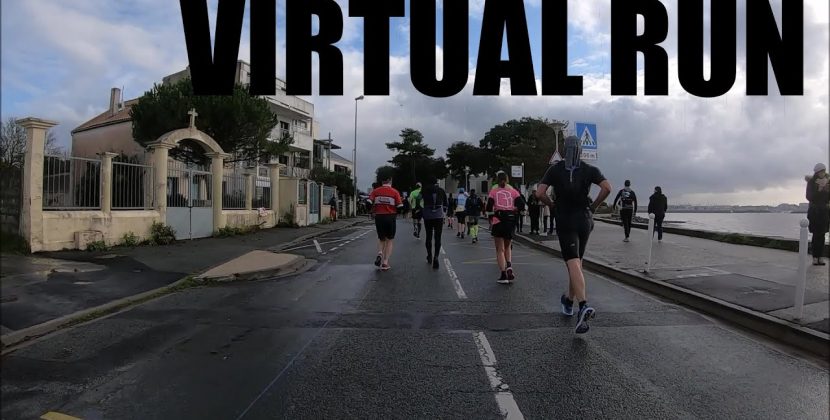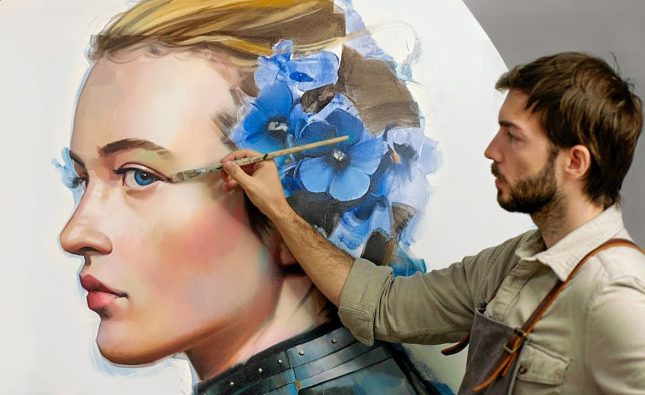
For years, Hollywood has been criticized for its lack of diversity and representation on screen. From the #OscarsSoWhite controversy to the underrepresentation of people of color, women, and members of the LGBTQ+ community in leading roles, Hollywood has a long way to go in terms of inclusion. However, recent years have seen a significant shift in the industry, with more diverse stories and perspectives making their way to the forefront of film and television.
One of the most notable examples of this shift is the Marvel Cinematic Universe’s “Black Panther,” which was not only a critical and commercial success, but also a groundbreaking moment in the industry. The film featured a predominantly Black cast and crew, and showcased African culture in a positive and authentic light. It not only broke box office records, but also shattered the idea that films with Black leads cannot be successful.
Similarly, the success of the Netflix series “Master of None” and “Never Have I Ever,” both created by comedian Aziz Ansari, have helped to showcase the experiences of Indian Americans on screen. The shows delve into issues such as family dynamics, dating, and identity, which have traditionally been overlooked in mainstream media.
In addition to increased representation in front of the camera, there has also been a push for diversity behind the scenes. The rise of female directors such as Ava DuVernay and Patty Jenkins, as well as more opportunities for women and people of color in writing, producing, and other roles, have helped to diversify the stories that are being told.
However, there is still much work to be done. A study by the University of Southern California’s Annenberg Inclusion Initiative found that in 2019, only 16.9% of directors, 21.4% of writers, and 27.1% of speaking characters in films were from underrepresented racial or ethnic groups. Similarly, a report by the LGBTQ+ media advocacy group GLAAD found that in the 2019-2020 television season, only 9.1% of regular characters on broadcast scripted series were LGBTQ+.
To truly celebrate diversity and representation in film and television, it is important to continue to push for more opportunities for underrepresented communities both on and off screen. This means not only creating more diverse content, but also ensuring that those who are creating it are given the support and resources they need to succeed.
In conclusion, while Hollywood still has a long way to go in terms of representation and inclusion, the progress that has been made in recent years is worth celebrating. From “Black Panther” to “Master of None,” diverse stories and perspectives are finally being given the platform they deserve, and it is up to all of us to continue to push for progress in the industry.










